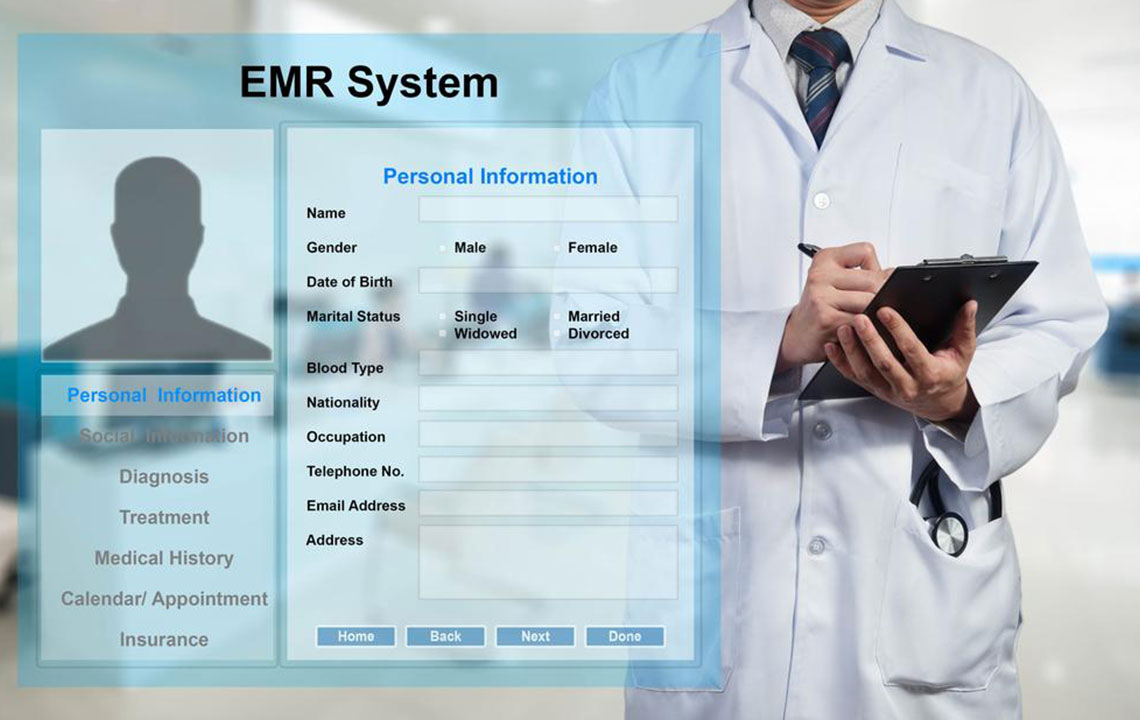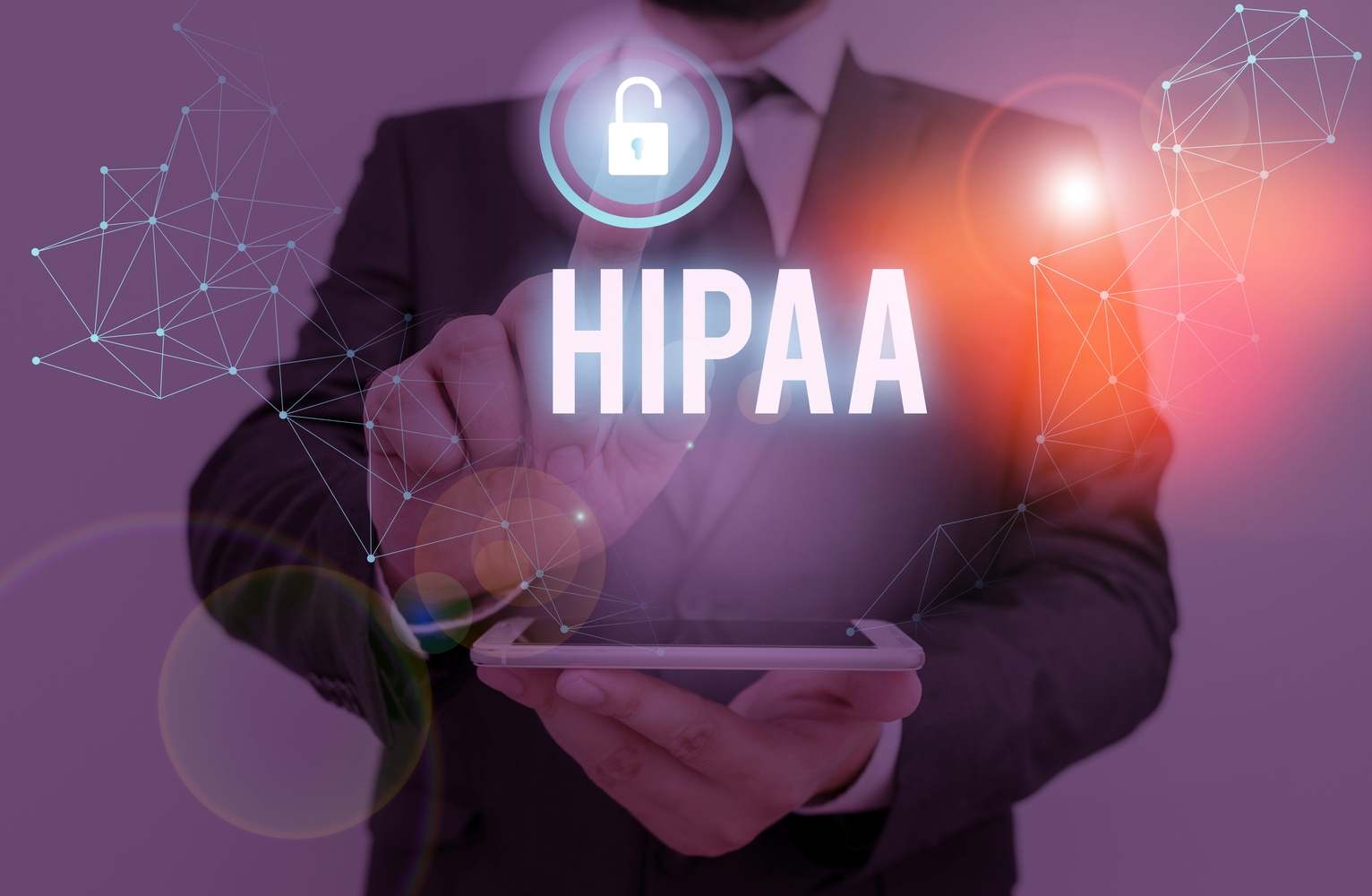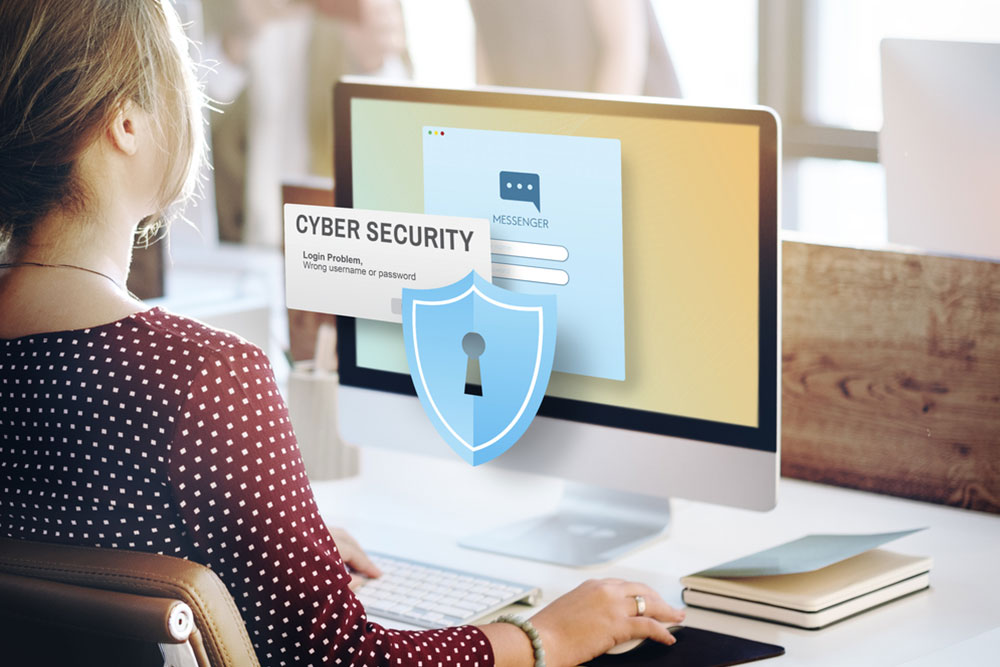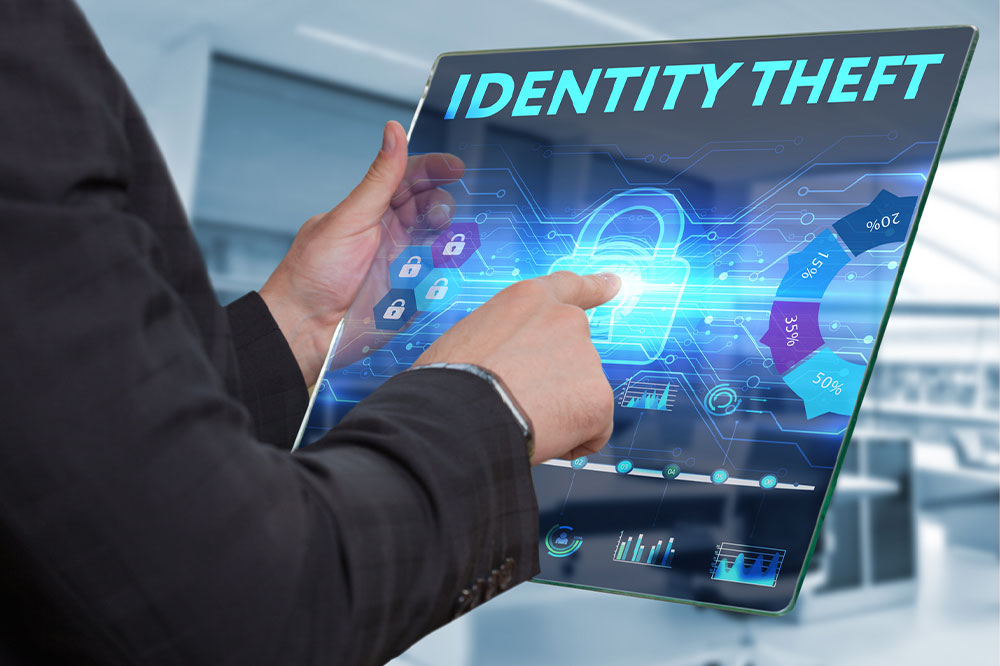Comprehensive Guide to Preventing Medical Identity Theft and Safeguarding Your Healthcare Data
This comprehensive article provides in-depth strategies for individuals to protect their medical identities against theft in today's digital healthcare environment. Covering secure data sharing, email vigilance, record management, and advanced cybersecurity practices, it aims to empower readers with essential tips to prevent fraud. Staying proactive in safeguarding health information is crucial as digital records become more common, ensuring privacy, financial security, and the integrity of medical data.

Effective Methods to Protect Yourself from Medical Identity Theft
In the rapidly evolving digital age, health records are increasingly stored electronically, making them vulnerable to theft and misuse. Medical identity theft not only compromises personal privacy but can also lead to fraudulent healthcare claims, affecting your credit and medical history. Protecting your sensitive health information is paramount, yet healthcare providers and organizations continuously enhance their security measures. However, individuals also need to adopt proactive steps to guard their medical identity effectively. This comprehensive guide explores practical strategies and advanced tips to keep your healthcare data secure from potential threats.
Understanding Medical Identity Theft
Medical identity theft occurs when someone's personal health information, such as insurance details, medical records, or social security numbers, is stolen and used without permission. Criminals may utilize this data to receive medical treatments, purchase prescriptions, or file false insurance claims, leading to significant financial losses and health record contamination. This form of identity theft can also cause complications with ongoing medical treatments or insurance claims, making it critical to implement strong defensive measures.
The Importance of Safeguarding Medical Data
Protecting your healthcare information is crucial for multiple reasons:
Preventing financial fraud and unexpected medical bills
Maintaining the integrity of your medical history for accurate diagnosis and treatment
Avoiding potential legal complications from misuse of your data
Preserving your personal privacy in an era of increasing data breaches
Practical Strategies to Prevent Medical Identity Theft
1. Limit and Control Sharing of Your Personal Data
One of the most effective ways to protect your medical identity is by being cautious about how and with whom you share personal health information. Only provide the minimum necessary details when sharing health information, whether over the phone, online, or in person. It's advisable to visit healthcare facilities physically for verification when possible rather than sharing sensitive information via unverified calls or emails. Ensure that healthcare providers request your data through secure channels and avoid disclosing confidential health details in situations where it isn't strictly necessary.
2. Be Vigilant with Email Communications
Phishing attacks are common tactics used by cybercriminals to steal personal information. Always scrutinize emails requesting health data, especially if they purport to be from healthcare institutions or insurance providers. Look for signs of phishing, such as generic greetings, misspelled words, or suspicious sender addresses. Never click on links or download attachments from unknown sources. When in doubt, contact the organization directly using verified contact details to confirm the legitimacy of the email.
3. Maintain Secure Records and Proper Storage
Whether digital or physical, your health records should be stored securely. Use strong, unique passwords for digital records and enable two-factor authentication where available. Physical records should be stored in locked cabinets or safes. Equally important is to avoid storing identical copies in multiple locations simultaneously, which can increase the risk of theft or accidental exposure. Regularly review and organize your records to ensure sensitive information is protected and accessible only to authorized individuals.
4. Be Cautious When Using Public Wi-Fi
Accessing sensitive health information over public Wi-Fi networks poses a significant security risk. Cybercriminals often exploit these unprotected networks to intercept data transmissions. If you need to access your healthcare portal or medical records while using public Wi-Fi, use a trusted virtual private network (VPN) to encrypt your connection. Additionally, ensure your device has updated security software, such as firewalls and antivirus programs, to guard against malware and unauthorized access.
5. Adopt Secure Cloud Storage Solutions
If you choose to store health records in the cloud, select providers that offer robust security features, including encryption—both during data transit and at rest. Always use strong, unique passwords for your cloud accounts and enable multi-factor authentication. Be cautious about sharing health information on social media platforms, which are not designed for private data storage and can pose serious privacy risks. Regularly review your cloud account activity logs and privacy settings to detect any unauthorized access attempts.
Additional Tips for Protecting Your Medical Identity
Always verify the identity of anyone requesting your health information online or in person. Don’t hesitate to ask for proper identification or credentials.
Periodically review your medical and insurance statements for unfamiliar charges or treatments. Promptly report discrepancies to your healthcare provider or insurance company.
Check your credit reports regularly, at least quarterly, to identify any suspicious activity related to your medical or financial data. You can request free credit reports from major agencies or use trusted monitoring services.
Stay informed about common scams and evolving cybersecurity threats. Educational awareness is a powerful tool in preventing identity theft.
Implement strong passwords and avoid reusing passwords across multiple accounts to reduce vulnerability.
Conclusion
Protecting your medical identity in today's digital healthcare environment requires a proactive approach. By limiting the sharing of sensitive data, staying vigilant with email communications, securely storing records, avoiding risky public networks, and utilizing advanced security measures for digital storage, individuals can significantly reduce their risk of falling victim to medical identity theft. Regularly monitoring your credit and healthcare statements ensures early detection of any fraudulent activity. Remember, safeguarding your health information not only secures your finances but also preserves your overall privacy and trust in the healthcare system.
Final Thoughts
As healthcare technology continues to evolve, so do the methods used by cybercriminals. Staying informed and adopting best security practices is essential in maintaining control over your personal health data. Whether you're visiting your healthcare provider or managing your records online, always prioritize security and privacy. Awareness and vigilance are your best defenses in preventing medical identity theft and ensuring your sensitive information remains confidential and protected.




